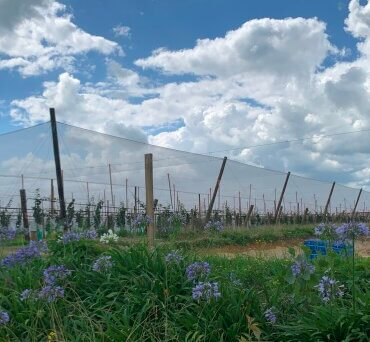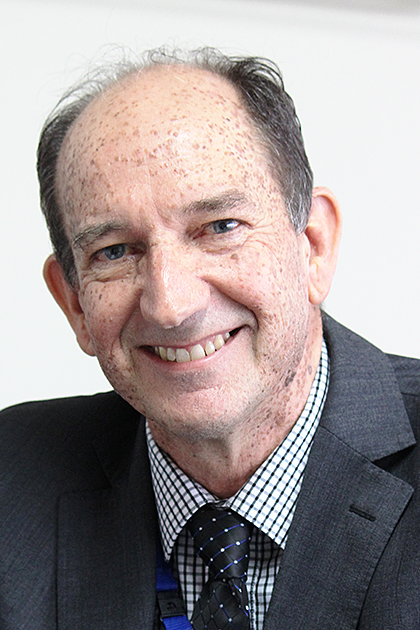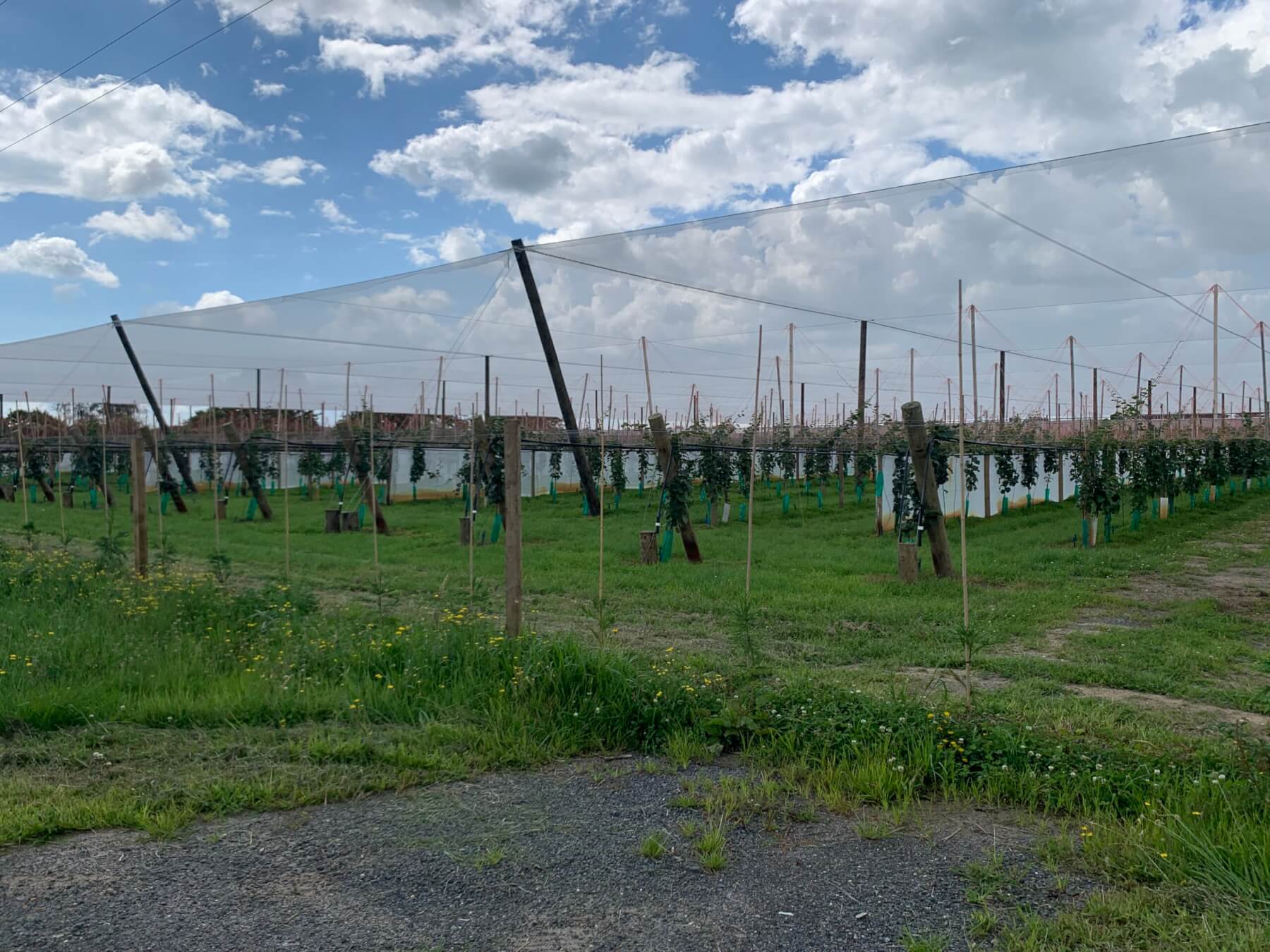
Parallel Road Kiwifruit operations

Kiwifruit structures at 383 Parallel Road.
Waipā District Council is looking to make changes to its District Plan to accommodate a burgeoning kiwifruit industry while at the same time residents are taking council to the Environment Court over the council’s decision to let a Parallel Road kiwifruit operation proceed.
Councillors were briefed about the kiwifruit plan changes at a secret workshop held after the council meeting on June 30. Details of the briefing were revealed on page 154 of the Strategic Planning and Policy committee agenda this week, but the earlier workshop was not publicly notified.
Earlier this year Nick and Vanessa Jennings filed papers in the Environment Court at Auckland against the council, saying its decision to allow a kiwifruit orchard to proceed next to their property in Ōhaupō produced a “poor resource management outcome.”
They argue it was a flawed independent commissioner’s decision to grant retrospective applications to build kiwifruit shelter structures and boundary setback planning.

Nick Jennings
Jennings this week told The News despite recent mediation talks between the kiwifruit operator, the council and him, the court case was still going ahead. He said the action has cost him $120,000.
At the closed door workshop, planners told councillors they were proposing changes to shelter belt rules – changing the wording around height – and reducing yard setbacks for crop protection structures. The structures would be exempt from building coverage calculations and standards and be either green or black in colour to minimise visual effects.
In the days leading up to the workshop, a council planner contacted the New Zealand Kiwifruit Growers Incorporated for help saying the council was aware of kiwifruit expansion in the district.
In a newsletter to its members, the kiwifruit growers’ organisation said the council was reviewing its District Plan rules “to best reflect this shift in the utilisation of rural land”.
“More specifically, they are looking at the shelterbelt planting rule; rural zone boundary setback and building coverage rules as applied to shade cloth structures, and colour standards for shade cloth structures,” the newsletter said.

Wayne Allan
The council wanted to understand the perspectives of kiwifruit growers and the difficulties they encountered with the Waipā District Plan, said Wayne Allan, Waipā District Growth and Regulatory Services group manager.
He said staff wanted an insight from the kiwifruit growers’ group on the shift from pastoral to horticultural land.
No other interested parties appear to have been approached.
“None of them have come to me or my lawyer,” said Nick Jennings.
But Allan said it would have been inappropriate to consult with any party involved in an appeal before the courts.
The News asked Allan why the June workshop was held in secret.
“There are ongoing legal processes (with council as a party) which touch on issues of crop protection structures. It was not appropriate to hold this workshop in public,” he said.
“Nor is it unusual for workshops around potential changes to district plans to be held in a publicly excluded setting, given proposed changes to district plans can impact on property values.”
The kiwifruit changes were among 10 he tabled at the Strategic committee this week.
The others include solar power, quarry buffers, hazardous substances, events at the Cambridge Town Hall, animal nuisance provisions, light spill/glare and noise.
“Whilst the scope does include a number of items, these are predominantly ‘minor’ in nature and unlikely to create contention and delays,” he said in the report.
The cost to make the changes is $28,000. A further workshop with elected members is planned in mid-September and the plan change is expected to be notified in November/December.
Then all stakeholders are able to contribute to the proposals via a formal process.

Part of the kiwifruit shade cloth at 582 Parallel Road.








